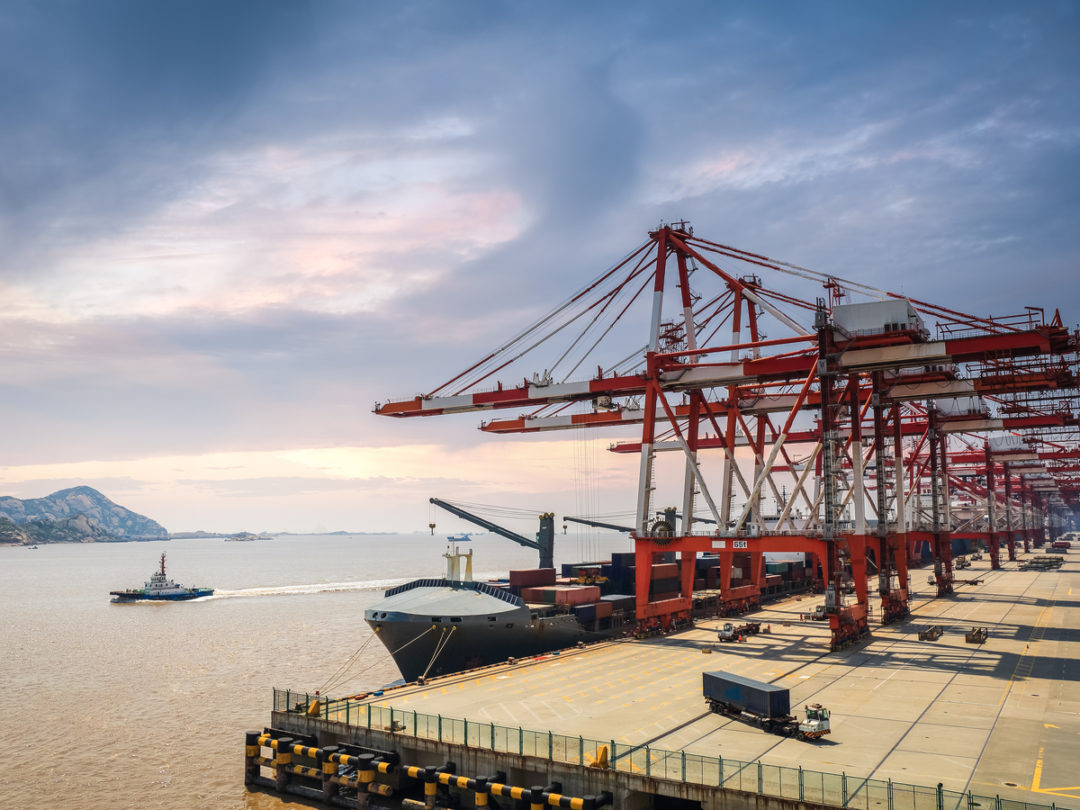
Visit Our Sponsors |
|
|
|
|
|
|
|
|
|
|
|
|
|
|
|
|
|
|
|
|
|
|
|
|
|
|
|
|
|
|
|
|
|
|
|
|
|
|
|
|

Before last year, companies hadn’t put much thought into their products' harmonized tariff schedule (HTS).
But when the United States began taking new tariff actions, countries around the world responded in kind. This summer, additional tariffs of 10 to 25 percent were imposed on steel, aluminum, automobiles and auto parts, and uranium imports from many countries and diverse groups of items from China.
The first thing a company should do to respond to the U.S. Tariff Actions (Section 301 Tariffs, Section 232 Tariffs) is to review the classification of the products that the company imports. The HTS “classifies” a good based on its name, use and/or the material used in its construction and assigns it a ten-digit classification code number. There are over 17,000 unique classification code numbers and each number has a rate of duty associated with it. The classification process is complex and requires a deep understanding of the products being classified.
Classification: Now many companies are re-engineering their supply chains with HTS numbers being central to the overall redesign effort. Accordingly, the most important thing that must be done is to correctly classify imported items. Tariffs of 10 to 25 percent are a huge motivator to ensuring correct classification. It is very important not to solely rely on customs brokers or freight forwarders to determine the classification. They don’t know anything about the company’s products. Companies can work with these service providers, leveraging their understanding of the law and analysis required to classify an item. But companies must be involved to provide product details such as size, performance characteristics and functionality.
Tariff Engineering: Once an item is correctly classified, companies can look at options such as altering a product or using different materials to result in a different HTS. Other means of tariff engineering include partial assembly or removal of essential functionality. Tariff engineering is a very legitimate way to leverage product design to lower duties.
Country of Origin: If a company can’t engineer a lower duty rate, the next option is to source the goods from a country that is not subject to the higher duty rates. This can be an expensive and costly undertaking but may be the only way to profitably manufacture an item.
Classifying products is essential to understanding a company’s Cost of Goods Sold (COGS). But many companies forget to ensure that their customs broker gets the classifications. One best practice is to include the HTS number on the commercial invoice. And more advanced companies include both the origin and destination harmonized codes.
Leading companies obtain their free Automated Commercial Environment (ACE) accounts from Customs and Border Protection (CBP) and run the Entry Summary Lines by HTS number report. They prioritize the report by the highest duty paid by HTS number. They take these items and review their classification for accuracy. They also review the country of origin that was declared to CBP to ensure it was accurately declared.
The Outlook
2018 was the year of the tariffs and we don’t expect them to go away any time soon. Currently the U.S. faces retaliatory actions from China, the EU, India, Turkey, Russia, Canada and Mexico. It’s critical that companies do their own classification so that they can completely understand what taxes, tariffs and controls they will be subjected to.
Beth Pride is president of BPE Global.
RELATED CONTENT
RELATED VIDEOS
Timely, incisive articles delivered directly to your inbox.

